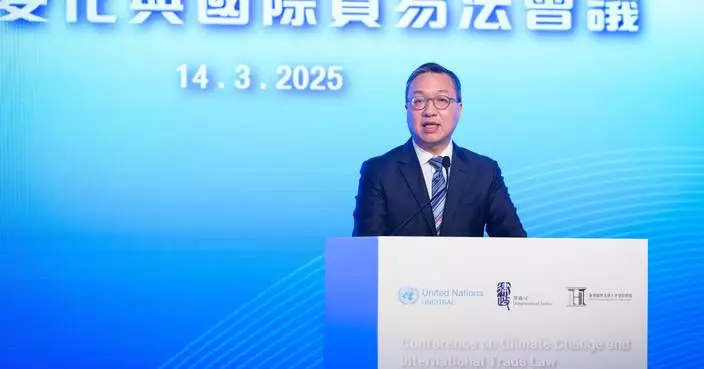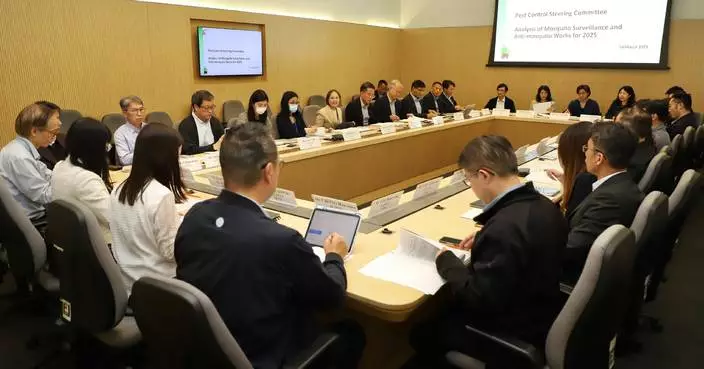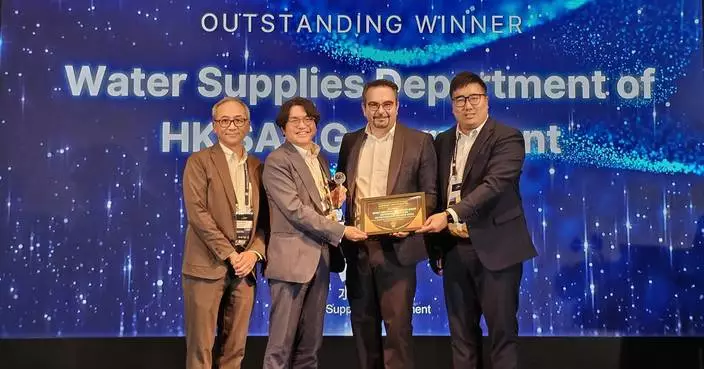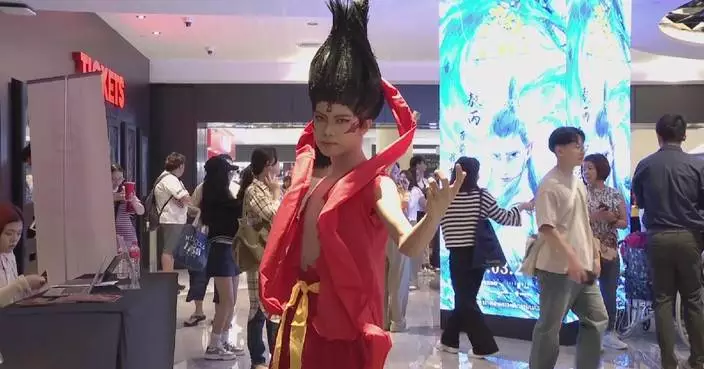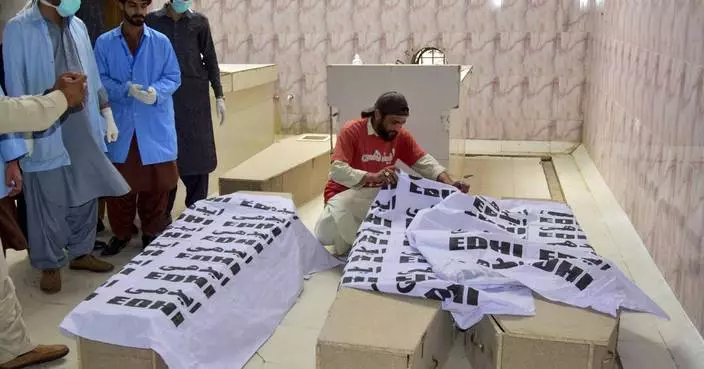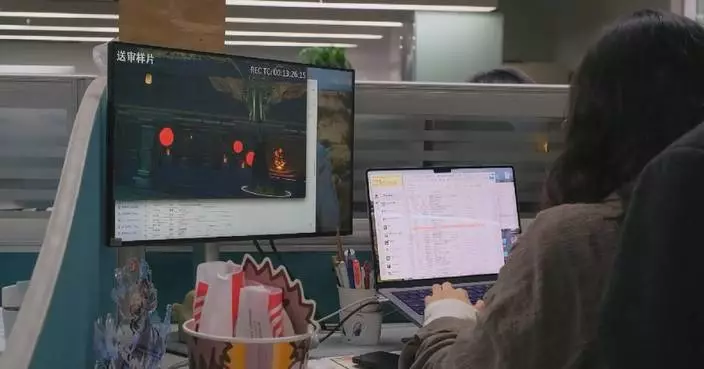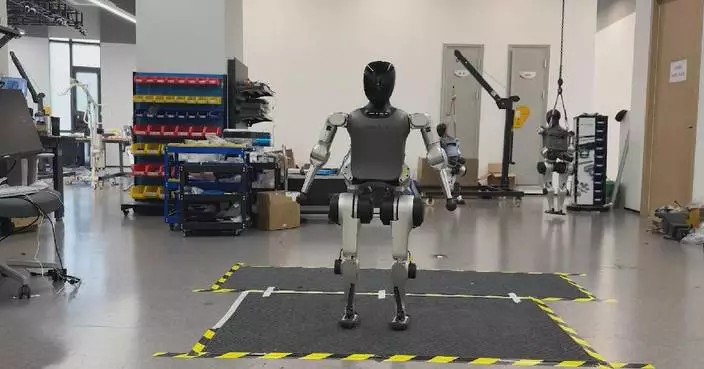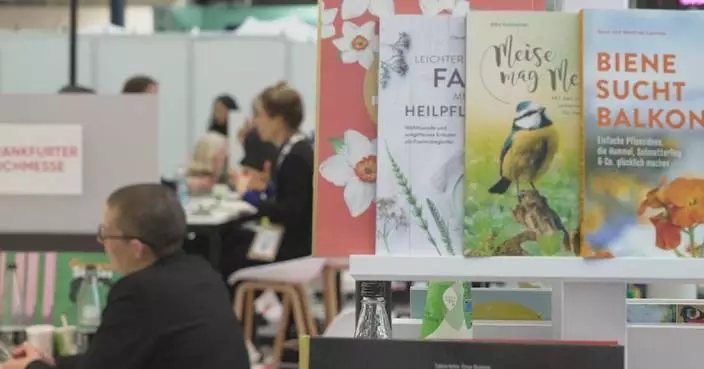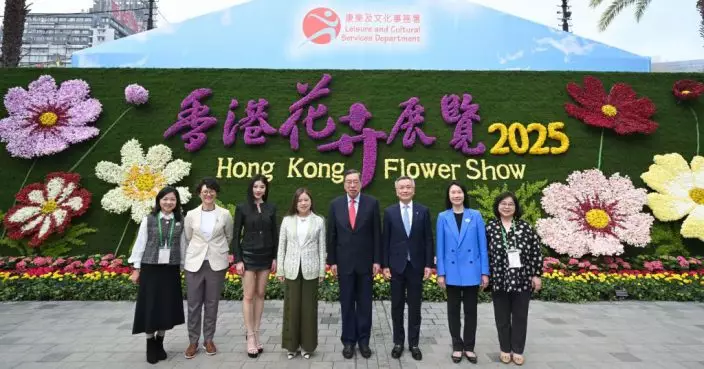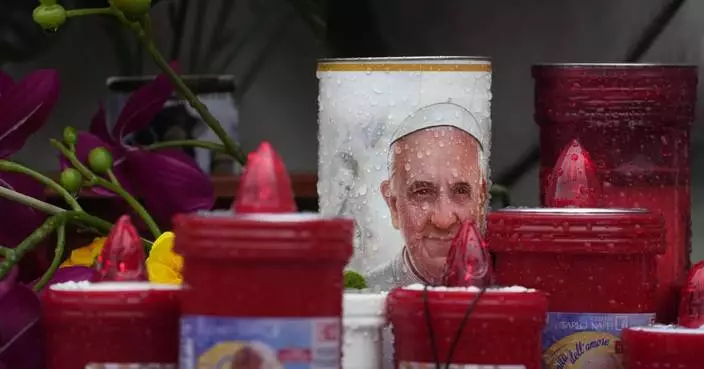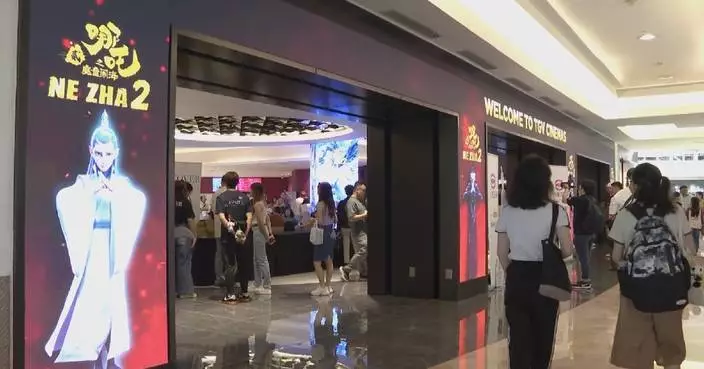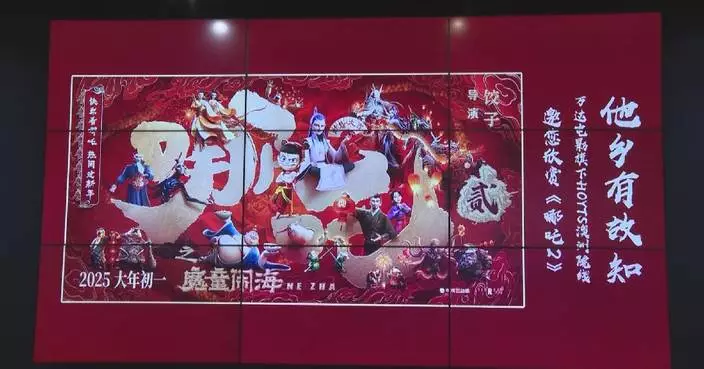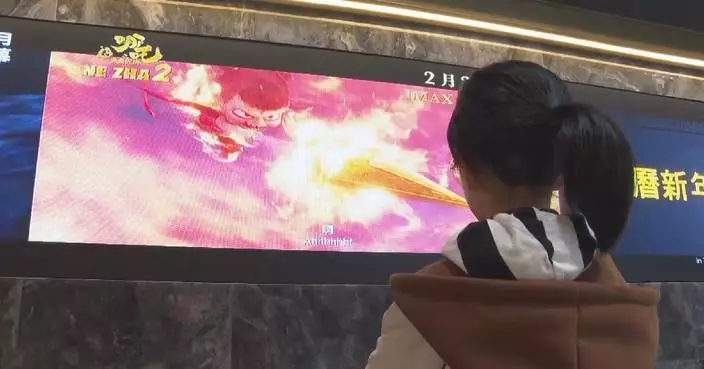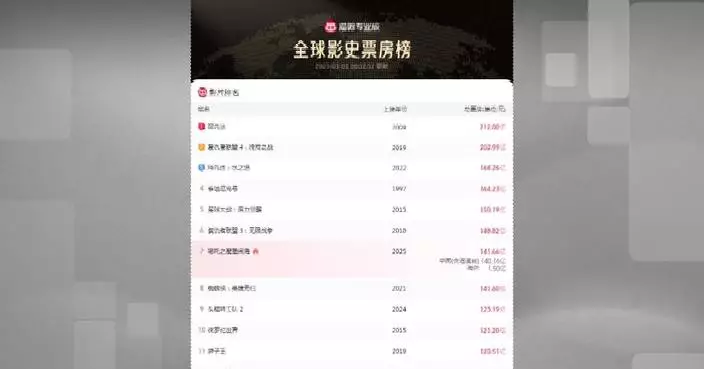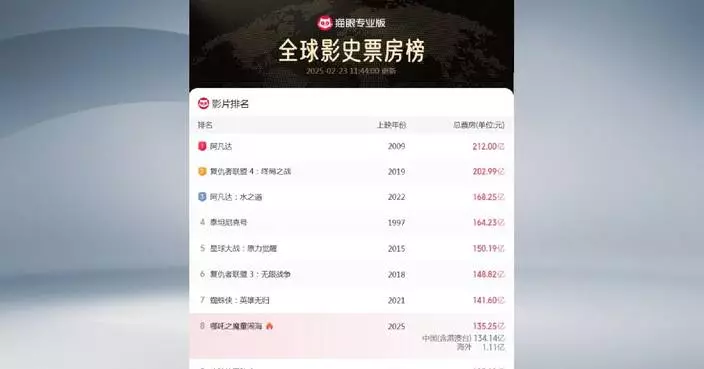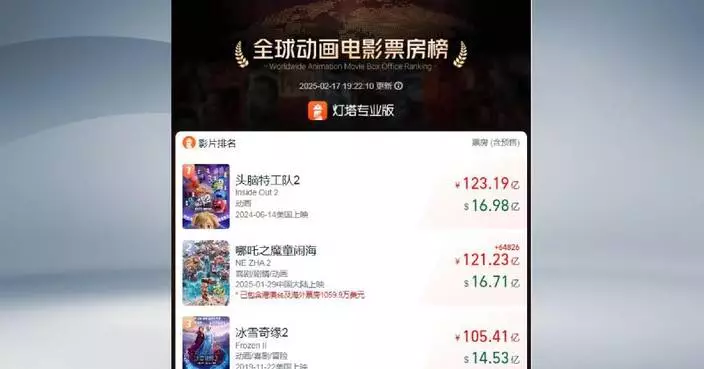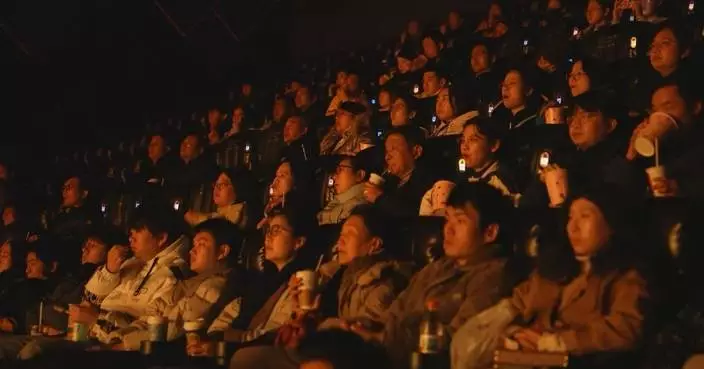Update on latest MERS situation in Saudi Arabia
In response to the World Health Organization (WHO)'s report on four new cases of Middle East Respiratory Syndrome (MERS) in Saudi Arabia, the Centre for Health Protection (CHP) of the Department of Health (DH) today (March 14) appealed to the public to be vigilant and to take appropriate protective measures when visiting affected regions.
According to the WHO, the new cases involved four males aged between 27 and 78 with underlying health conditions. Two of them have passed away. Of the four cases, one was found to have indirect contact with dromedary camels and their raw milk.
Two of the abovementioned cases were found to be epidemiologically linked to exposures in the same healthcare facility. After the first case was confirmed on November 11, 2024, an additional case was revealed through contact tracing, which was suspected to be infected in that healthcare facility.
The WHO maintains its overall risk assessment of MERS in Saudi Arabia and expects that more cases of MERS will be reported in the Middle East or other countries where the virus is circulating in dromedaries. According to the latest information, 2 618 cases of MERS (including 945 deaths) have been notified by the WHO since 2012, and Saudi Arabia has notified 2 209 cases (including the above patients).
The CHP will maintain close communication with the WHO and relevant health authorities to monitor the activity and trends of MERS.
Among the reported cases in the Middle East, most of the patients had been in contact with dromedary camels, consumed camel milk, or had contact with patients who had been diagnosed with MERS. Travellers to the region should avoid visiting farms, barns or markets where there are dromedary camels, as well as contact with patients and animals, especially dromedary camels.
The CHP also recommends travel agents organising tours to the Middle East to refrain from arranging for visitors to ridedromedary camels or to participate in any activities involving direct contact with dromedarycamels, which are known risk factors for acquiring MERS-CoV.
Scientific evidence shows that dromedary camels are reservoirs for MERS-CoV. Dromedary camels infected with MERS-CoV may not show any signs of infection. Infected animals may shed MERS-CoV through their nasal and eye discharge and faeces, and potentially in their milk and urine. The virus can also be found in the raw offal and meat of infected animals. Therefore, the best preventive measure is to maintain good personal hygiene and avoid the above risk factors.
The public may visit the MERS page of theCHPand itsTravel Health Serviceto learn more aboutMERS statistics inaffected areas. The public should also refer tothe CHP'sFacebook pageandYouTube channeland the WHO'slatest newsfor more information and health advice. Tour leaders and tour guides operating overseas tours are advised to refer to the CHP'shealth advice on MERS.
Town Planning Board upholds "Undetermined" zoning for the proposed Global Innovation Centre site in Pok Fu Lam
The Town Planning Board (TPB) completed today (March 14) the consideration of further representations (FRs) on the proposed amendment to the draft Pok Fu Lam Outline Zoning Plan (OZP) No. S/H10/22 and decided to uphold its previous decision of rezoning the 4.72-hectare site for the proposed Global Innovation Centre (the Centre) by the University of Hong Kong (HKU) in Pok Fu Lam (the Site) from "Other Specified Uses" annotated "Global Innovation Centre" to "Undetermined" ("U") in the interim.
The TPB reached the above decision at today's meeting after thoroughly considering 1 861 FRs (including 30 with further responses to departmental comments) as well as the views and responses of the Planning Department and other relevant government bureaux/departments on the FRs.
Members noted that the grounds/views in the opposing FRs were mainly related to (i) designation of "U" zoning; (ii) suitability of the Site for the Centre; and (iii) procedural issues. Members also took note that most issues were similar to those raised in the representations and were duly deliberated by the TPB at the representation stage.
As for (i) members acknowledged that in accordance with section 6B(8) of the Town Planning Ordinance (the Ordinance), the TPB had the authority to amend the OZP in other manner that, in its opinion, would meet the representations. The legal advice we obtained from government lawyers confirmed that it was legally proper for the TPB to propose rezoning the Site to "U" to partially meet the representations. As for (ii), members considered that the purpose of the "U" zoning was to provide an opportunity for HKU to review the suitability of the Site and other possible sites in and outside Pok Fu Lam, in the light of comments of stakeholders including the Ebenezer and residents in the Pok Fu Lam area. As for (iii), members did not see procedural improprieties in handling the FRs, including following the administrative arrangements set out in the TPB Guidelines No. 29C.
In light of the above, the TPB considered it prudent to maintain the "U" zoning for the Site at this stage, which would allow time for HKU to review the development proposal for the Centre, conduct relevant technical assessments including potential traffic impacts during construction and operational stages, further consult the local community and submit a revised proposal for consideration by the Government and the TPB within a reasonable time. Any proposed development of the Site would be effected through rezoning in accordance with section 5 of the Ordinance whereby the public would have the opportunity to submit representations and the TPB would conduct hearings to deal with the representations before deciding whether to accept the rezoning proposal.
During the course of discussion, members saw the need to impress upon HKU to come up with the way forward for the Centre within reasonable time. To this end, members agreed that HKU should be invited to report to the TPB on the latest developments of the project within three months, which should include its decision on site selection with detailed justifications, a development timeline for the project as well as an update on engagement with stakeholders. Members also reaffirmed the importance of constructive engagement with stakeholders and emphasised their expectation that HKU should enhance its engagement with the community.



